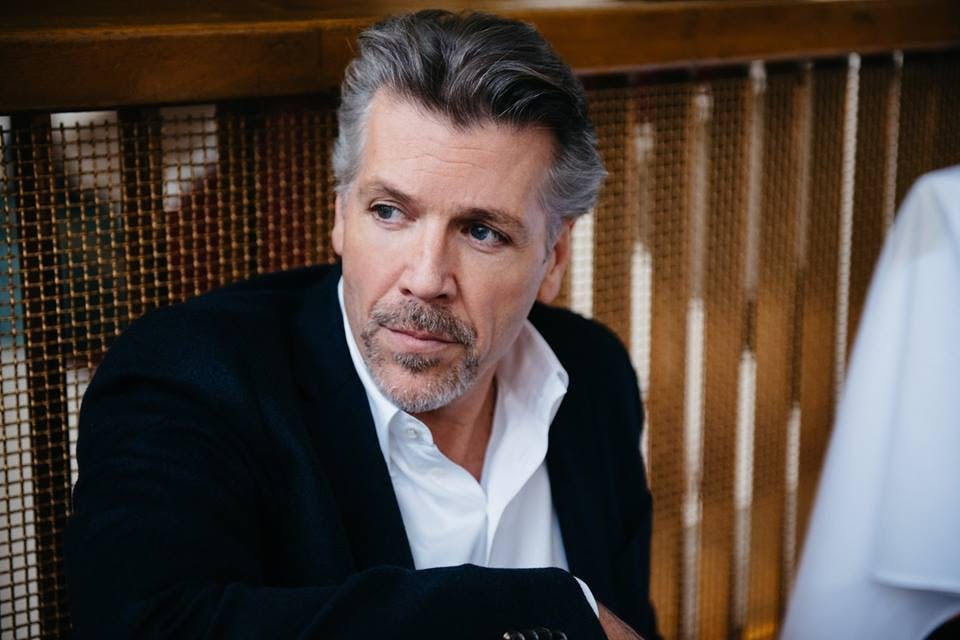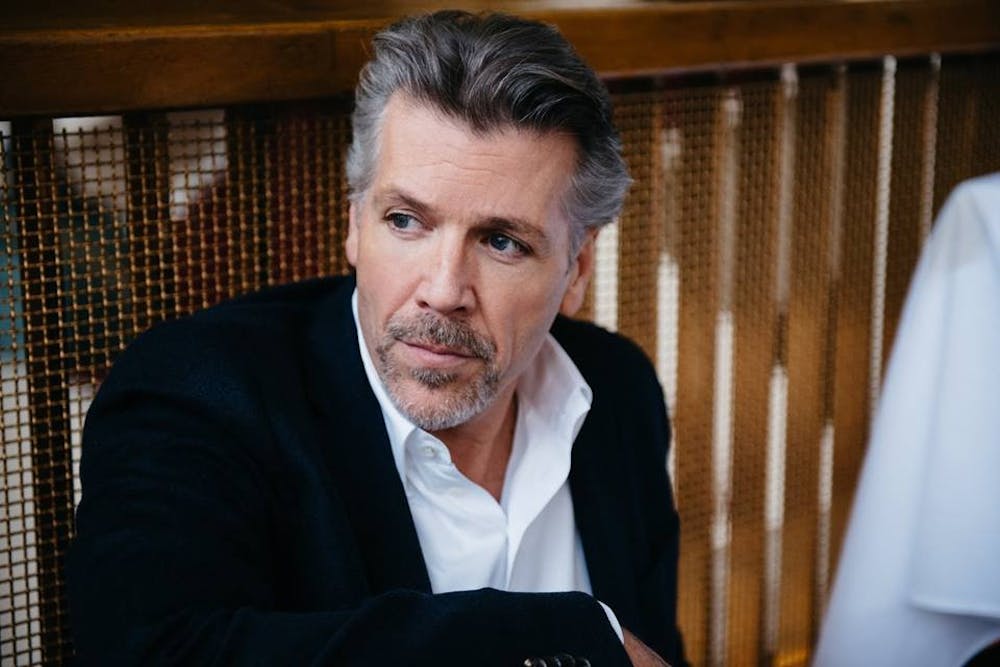On Jan. 27, the Indianapolis Symphony Orchestra performed two classical symphonies by two legendary composers. The first was Des Knaben Wunderhorn by Gustav Mahler, and the second was Beethoven’s 6th symphony, most commonly known as the “Pastoral.”
The show started with a performance of Gustav Mahler’s “Des Knaben Wunderhorn.” This was a series of German folk poems that Mahler was a fan of and composed his symphony around. There were 12 songs in this symphony, composed around 1892 to 1893, performed by a soprano and baritone vocalist. The instrumentation for the orchestra consisted of two flutes, two oboes, 2 clarinets, two bassoons, four horns, two trumpets, timpani percussion, harp, strings and a solo voice. Also, all the song’s lyrics were sung in German, so the venue provided audience members with a booklet containing the lyrics and the English translation.
The two vocalists for this performance were Thomas Hampson, the baritone vocalist, and Kelley O’Connor who was the soprano vocalist. Hampson, born in Elkhart, IN in 1955, has sung in over 80 operatic roles including Mozart’s Don Giovanni and Ambroise Thomas’ Hamlet. He has sung on over 170 albums, some of them winning Grammy Awards. Hampson has also been honored in the Metropolitan Opera Guild as a Met Mastersinger and has also been inducted in the American Academy of Arts and Sciences and Gramophone’s Hall of Fame.

Kelley O’Connor, the soprano vocalist has enjoyed a great career as a singer and has garnered international attention for her voice. She originally debuted with the Atlanta Symphony in 2002 and sang on a Deutsche Grammophon recording Ainadamar which won a Grammy in 2003.
The orchestras this evening were conducted by Krzysztof Urbanski who is a who was born in Poland in 1982. Since Sept. of 2011 he has conducted symphonies for the ISO, and it looks like he is going to stay around a few more years in Indianapolis since the ISO has since renewed Urbanski’s contract with them. Urbanski studied at the Fryderyk Chopin University in Warsaw, Poland. It is also entertaining when you watch him up there with the symphony. He really gets engaged in the music and really interacts with the musicians up there on stage. It is cool to see someone even in classical music get involved and really enjoy the music they are making for a live audience.
Both vocalists were extremely good on this night and they did a great job with the vocals to these pieces. Since all of these songs were in German, this cannot have been an easy thing to do to sing in this dialect for the whole night. The both of them too enjoyed performing these songs as well, and you could really tell their enthusiasm for performing them for a live audience.
The music for Wunderhorn is reminiscent of a really good movie soundtrack that would have dealt with a man that goes off to war and leaves the woman he loves behind at home. The lyrics to these songs often dealt with war, and love and the pain of both experiences. Some of the pieces in the music had soft melodies when it came to the songs from the woman’s point of view which O’Connor sang. The more intense dramatic music came when Hampson was singing his parts which mostly dealt with battles and war. The best performance was the piece called “Reveille” which was sung by Hampson. It dealt with the struggle of battle and what a person faces during that. It was a very dramatic piece with many different tempo changes in the song that shifted from quiet but still powerful, to loud and bombastic music. This was without question Hampson’s best vocal performance of the night.
After this performance was finished of Wunderhorn, the symphony then began to play Beethoven’s “Pastoral” after a 20-minute intermission. The circumstances surrounding this symphony and the music that followed it put context to the entire piece.
From what has been known about Beethoven at this time, which is around 1807, is that he was in the more advanced stages of deafness. This caused him endless bouts of anger, pain, and agitation. The only thing that really helped him to alleviate this stress was by taking long walks in the countryside. Beethoven loved nature, and the inspiration for the music in this symphony came from the walks that he took and what he experienced personally on them. The pieces in this symphony are have names to them as well to give this feeling of nature such as, “Awakening of Cheerful Feelings on Arriving in the Country,” “Scene by the Brook,” “Merry Assembly of Country Folk,” “Thunderstorm,” and “Shepherd’s Song.”
The performance was about 40-minutes in length, and the ISO did an awesome job in performing these pieces and really giving this symphony the treatment it deserves. It was really impressive with how the symphony played the 3rd to 5th movements, because they do not have a rest in between pieces. The “Thunderstorm” piece was classic Beethoven, it perfectly captured the feeling of a thunderstorm in classical music form. It was a piece that built and built on it till the end, with the tempo gradually gaining momentum until the end with the timpani drums and violins growing louder and louder imitating lightning striking, and rain falling. The symphony culminates in the piece called “The Shepherd’s Song,” which was the perfect uplifting end to the show and the symphony.
Next month, a big event will take place on Monday, Feb. 12 as legendary composer John Williams will conduct the ISO. Williams has composed the soundtracks for such classic movies like Star Wars, Superman, and Jurassic Park. Fans can purchase tickets at the ISO’s website where the show will start at 7:30 P.M.
ISO Performs Beethoven's "Pastoral"

Heads up! This article was imported from a previous version of The Campus Citizen. If you notice any issues, please let us know.
Performer Thomas Hampson promotional photo. (Photo from thomashampson,com)




